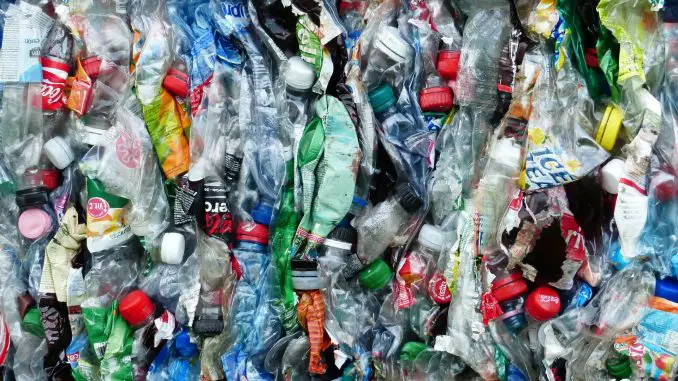
Plastic has a bad reputation. In cultural circles, there are even few insults that are as offensive as being called plastic. And why? Maybe because plastic breaks more easily than many other materials. Maybe because plastic is an artificial, thus artificial, material.
Technically speaking, plastic is a collective name for materials that mix polymers and other additives. Already in 1839, the American Charles Goodyear invented vulcanized rubber, a relative of plastics used, among other things, in hockey pucks. Goodyear himself later named a tire company.
Less positive with plastics is that production requires oil, which is a limited natural resource. In addition, plastics take many hundreds of years to break down. So as the oil wells are emptied and the landfill is growing, it is becoming increasingly important that we really submit our plastic waste as we should.
In a recycling context, soft and hard plastic packaging was long distinguished. The soft plastic was sent directly to incineration, which was a huge waste of resources. But in the autumn of 2008, plastic fibers began to be used even from soft plastic. The first to learn how to sort soft plastic was the altitude hopper Stefan Holm, who for a few November weeks taught from billboards across the country.
Did you know that:
- Plastic fibers can be recycled up to seven times
- Plastic production consumes 4% of the world’s crude oil
- Within 10 years, the oil sources around Dubai are estimated to be drained
Keep in mind that:
- Clean plastic packaging from food debris before leaving for recycling
- Really large plastic packaging should be left at recycling centers
- Plastic products that are not packaging, such as slings and sandbox toys, are counted as solid waste
Plastic can be recycled in several ways. Therefore, you must leave your plastic waste in the right place. You usually have three options:
Leave a Reply